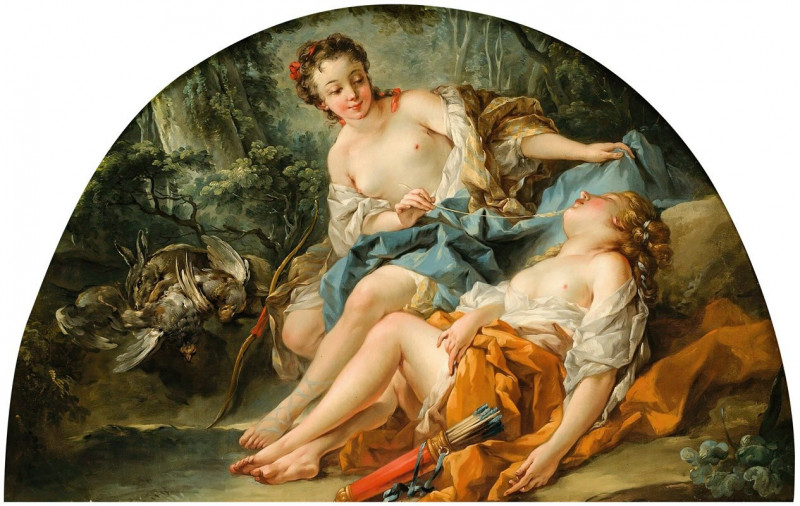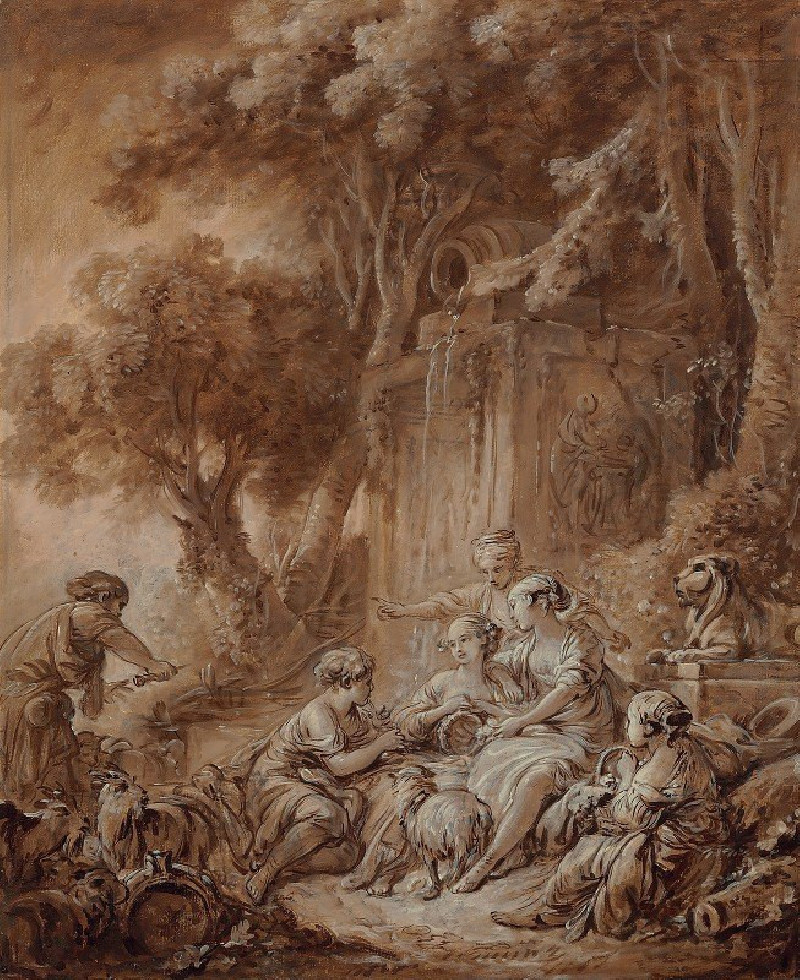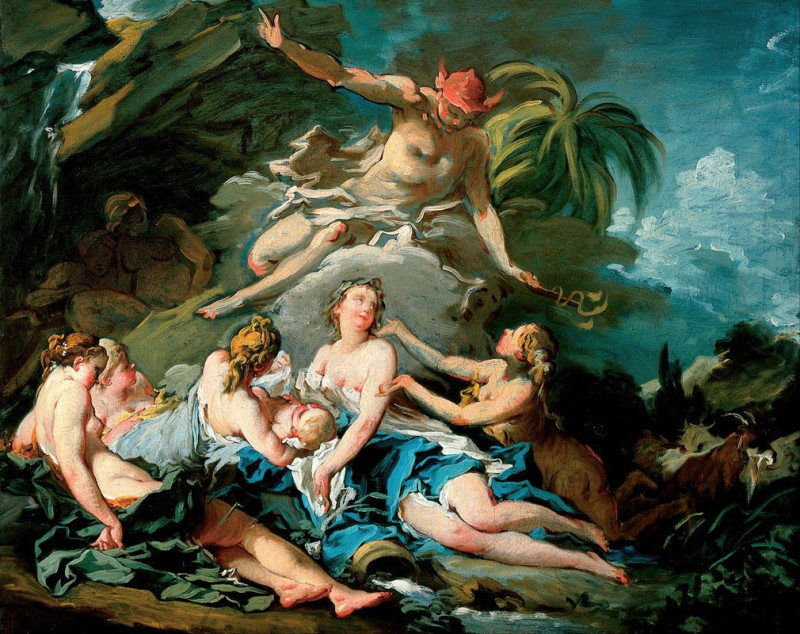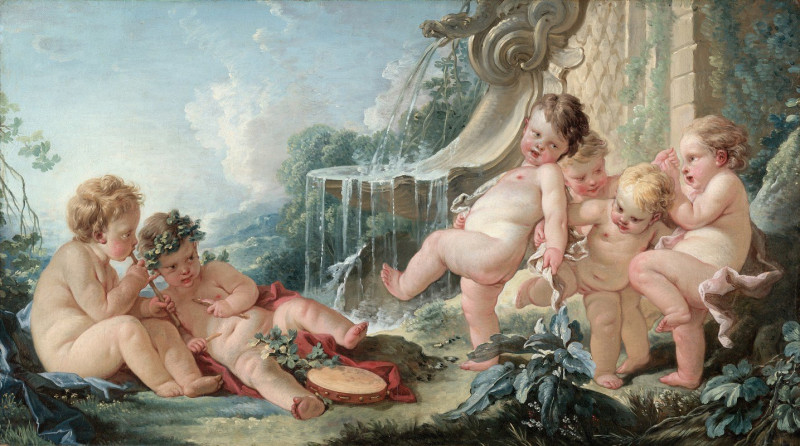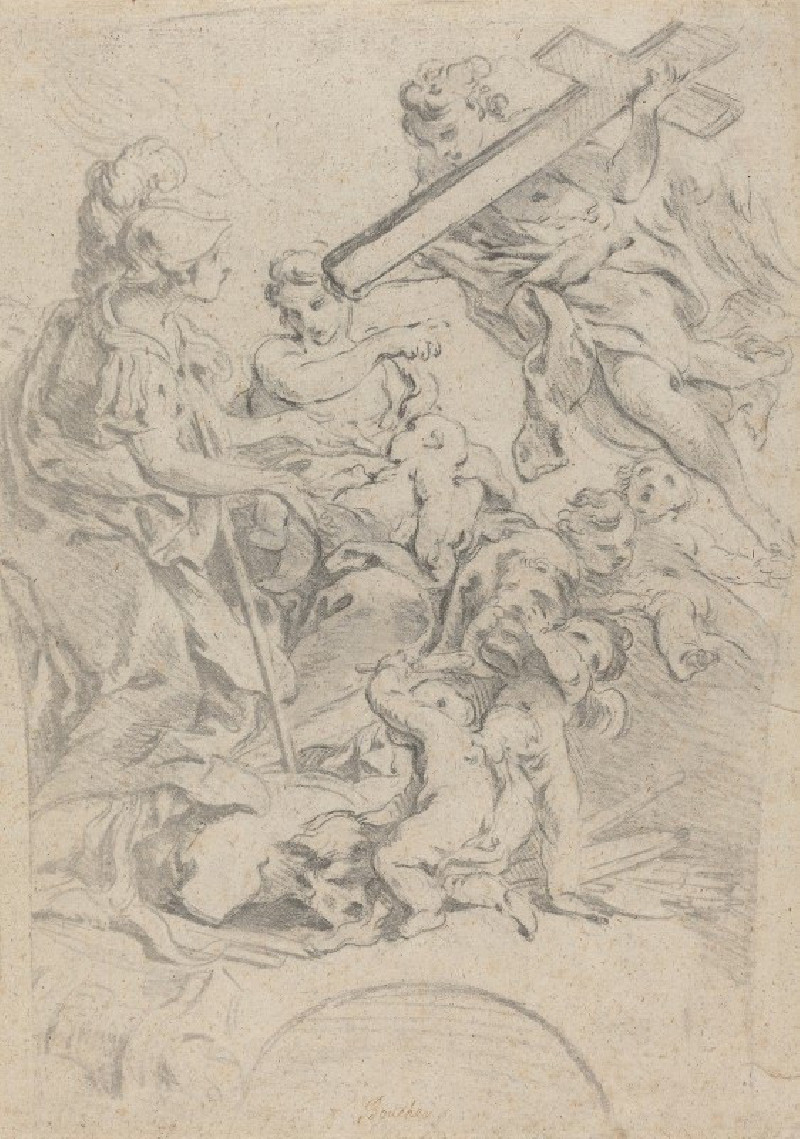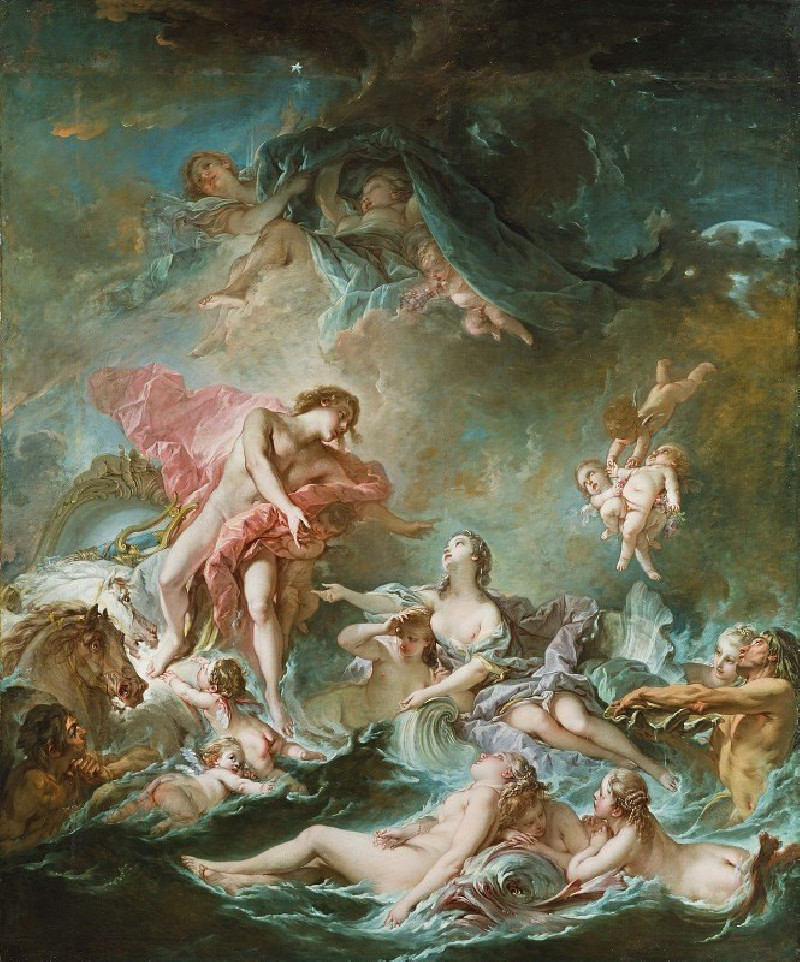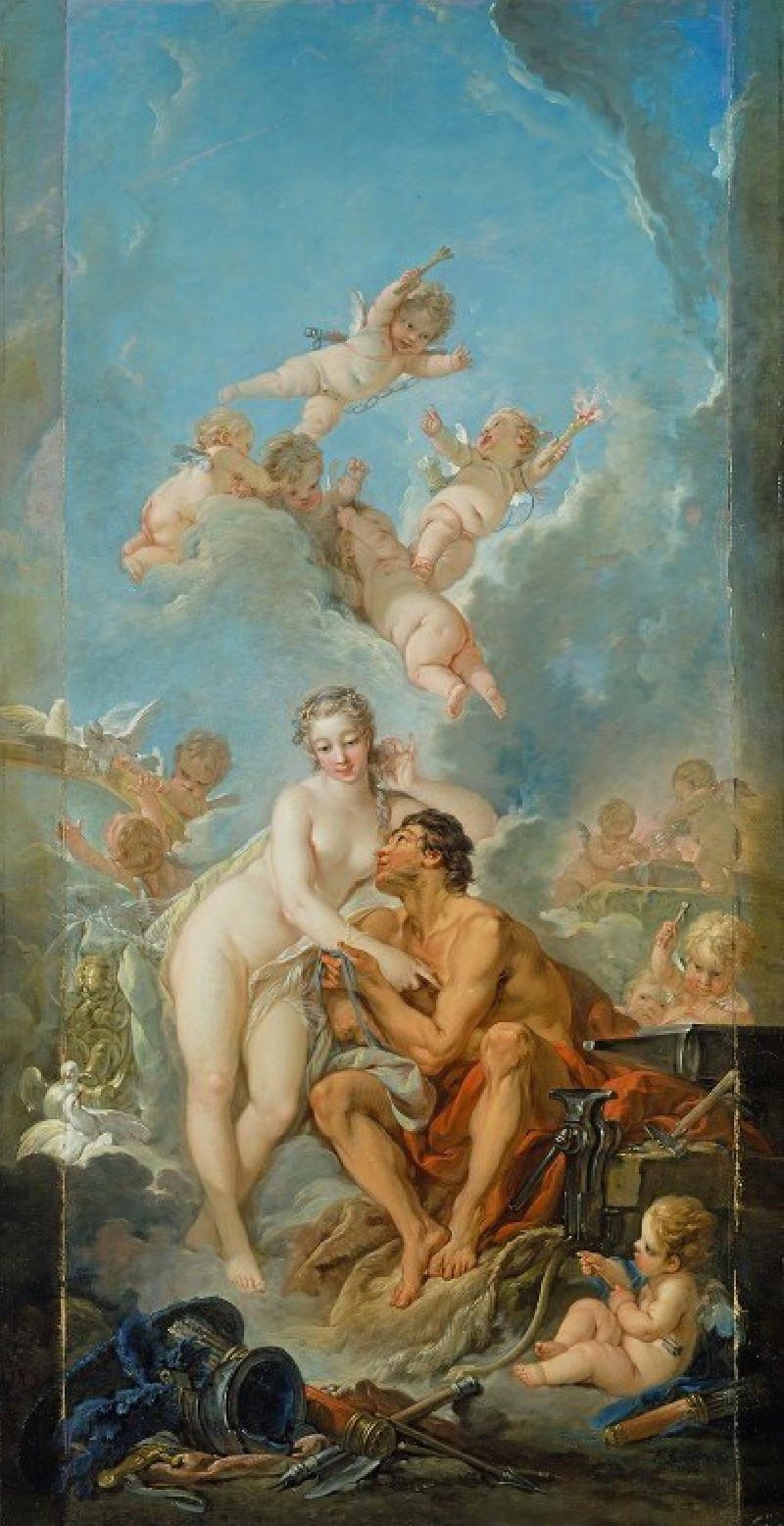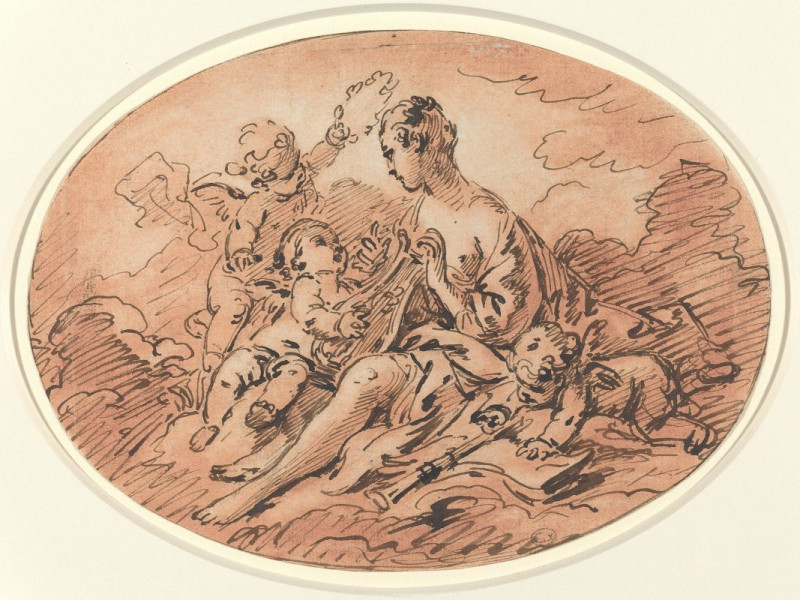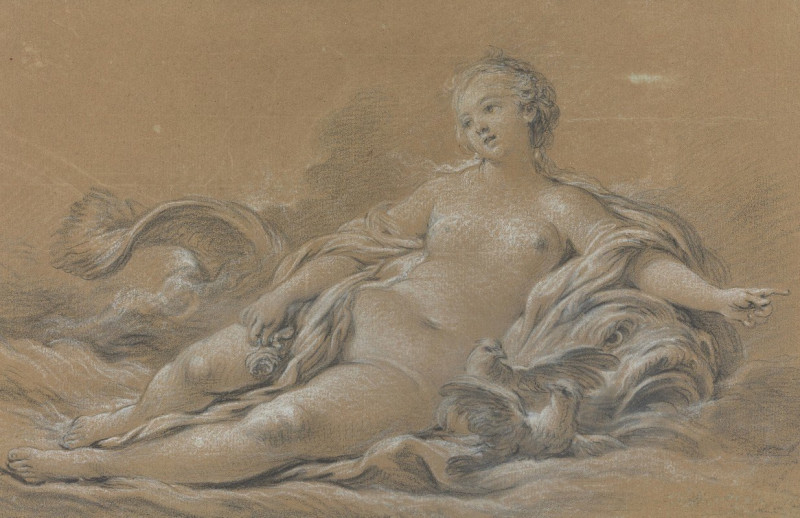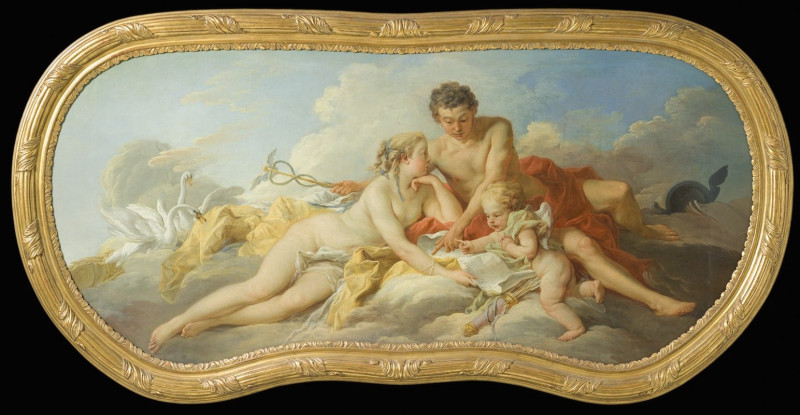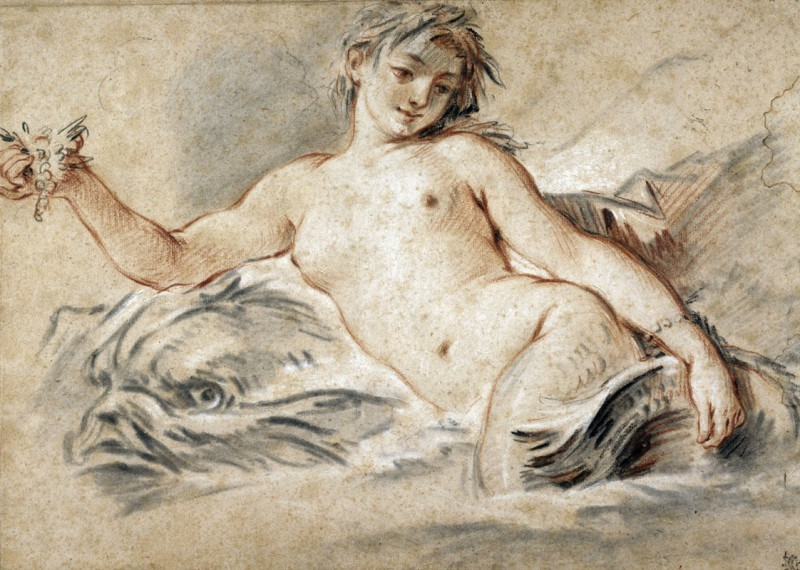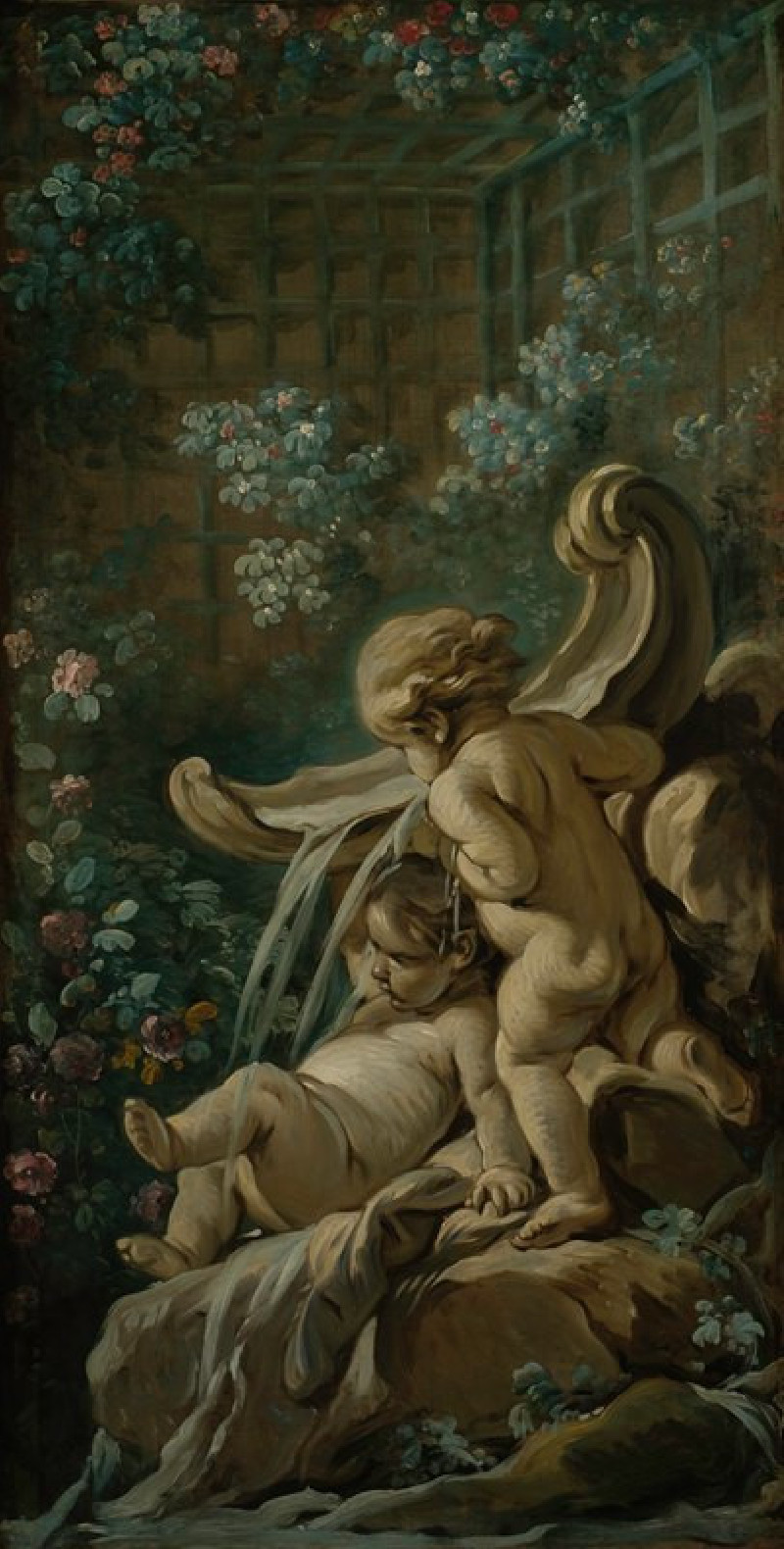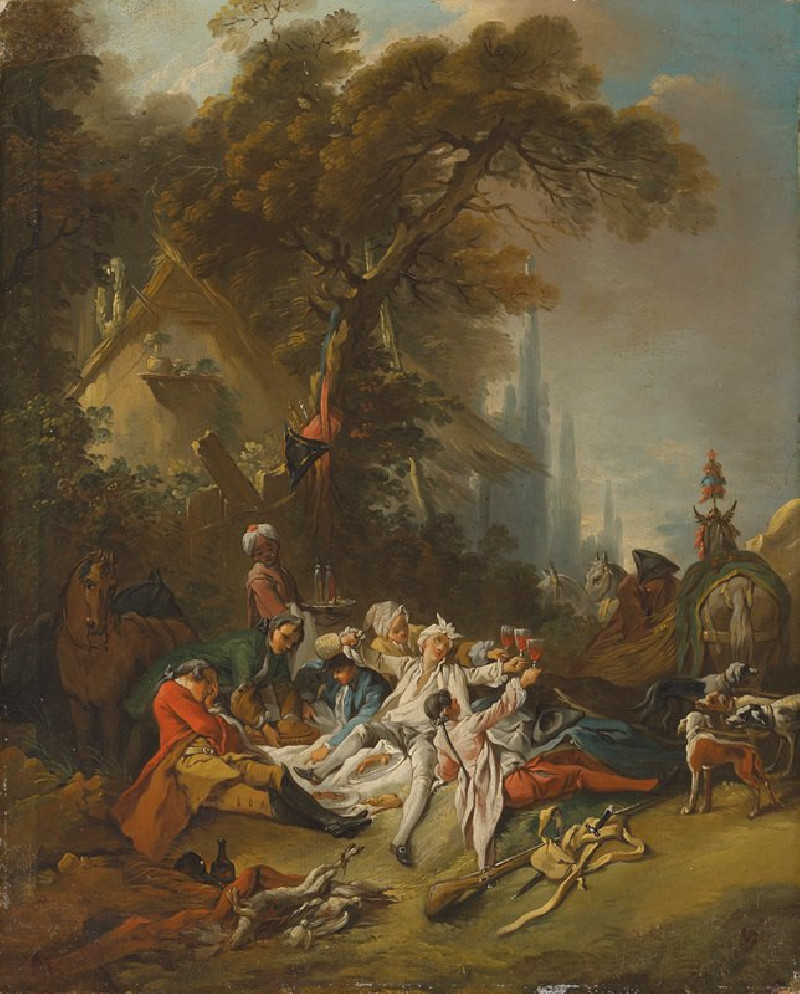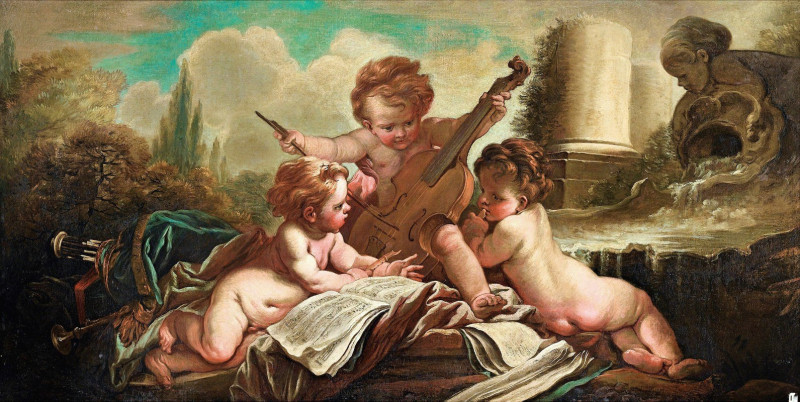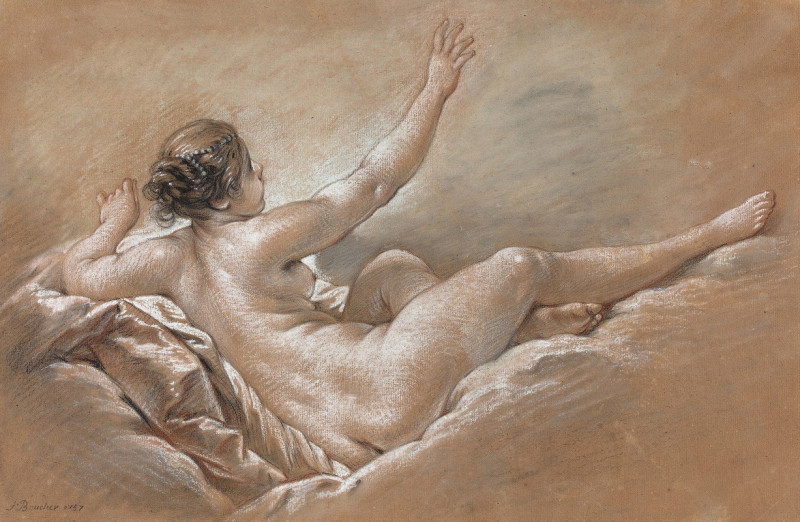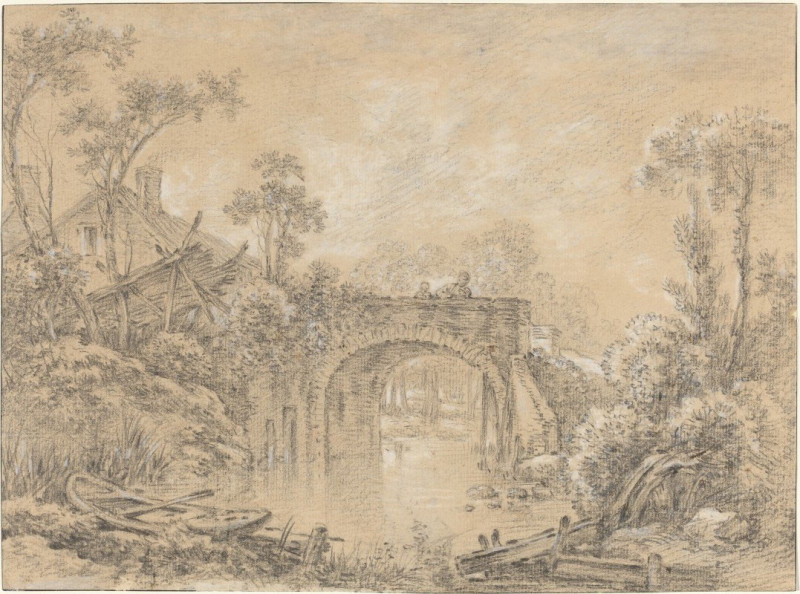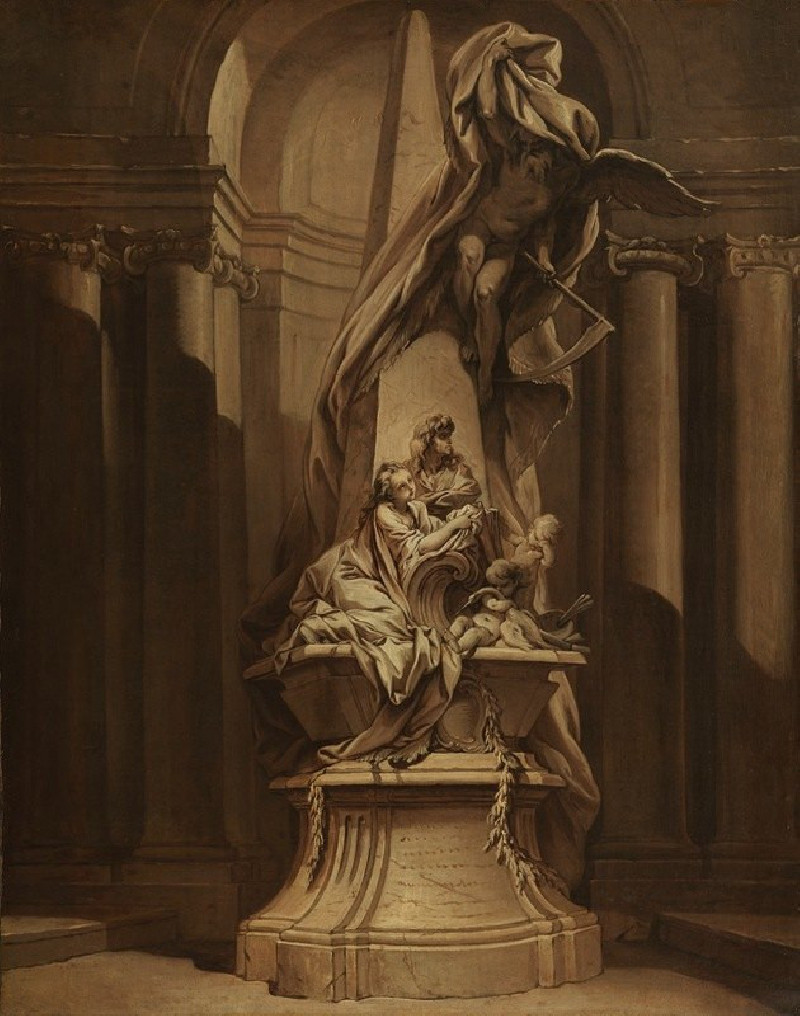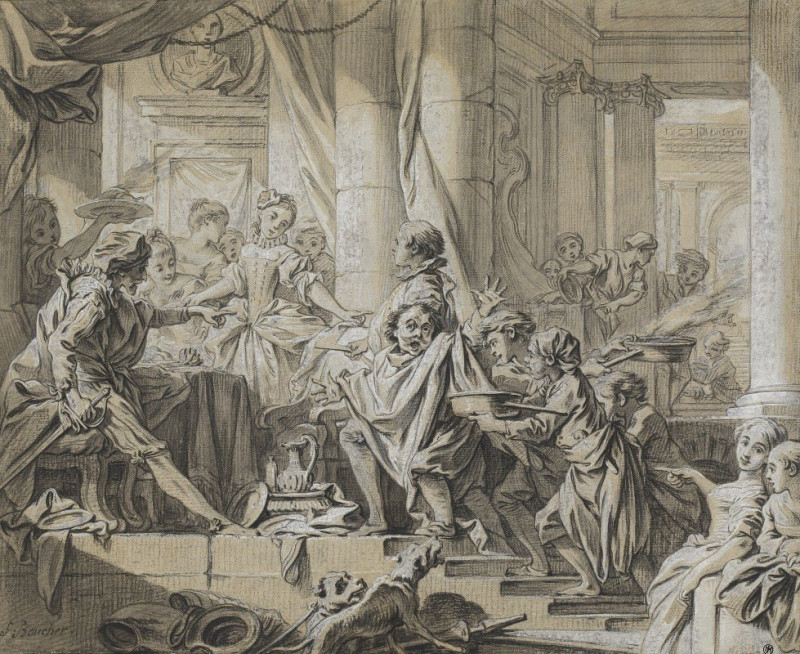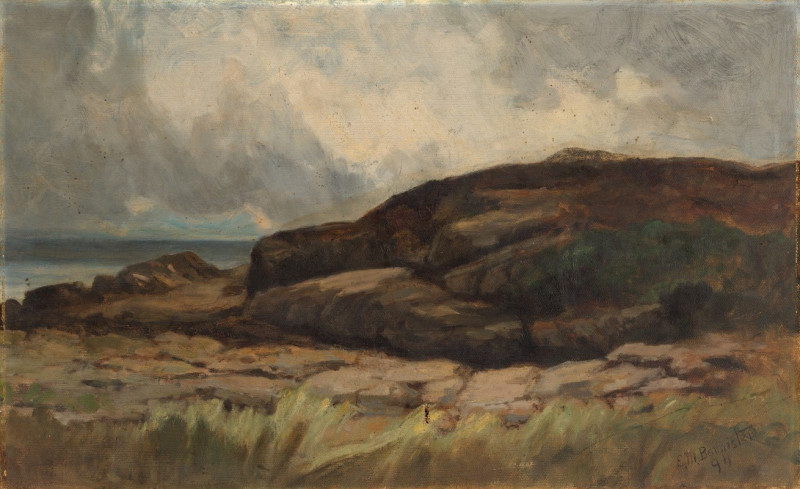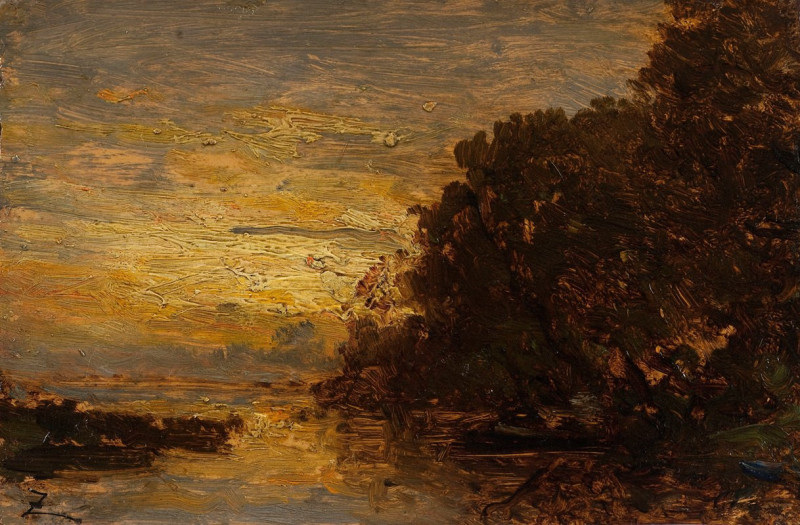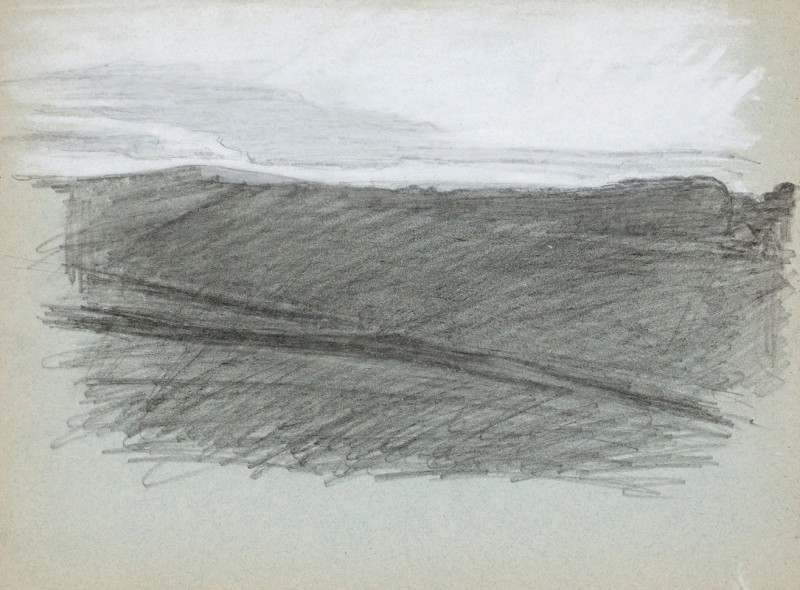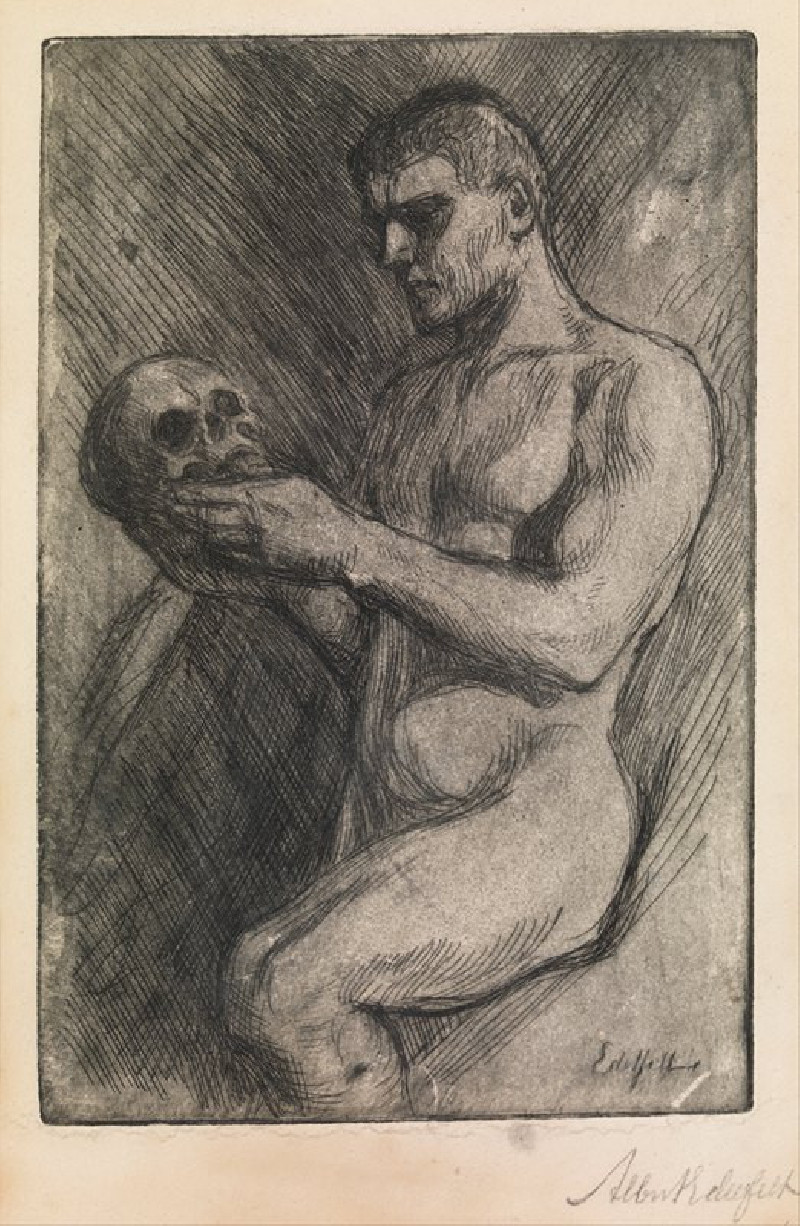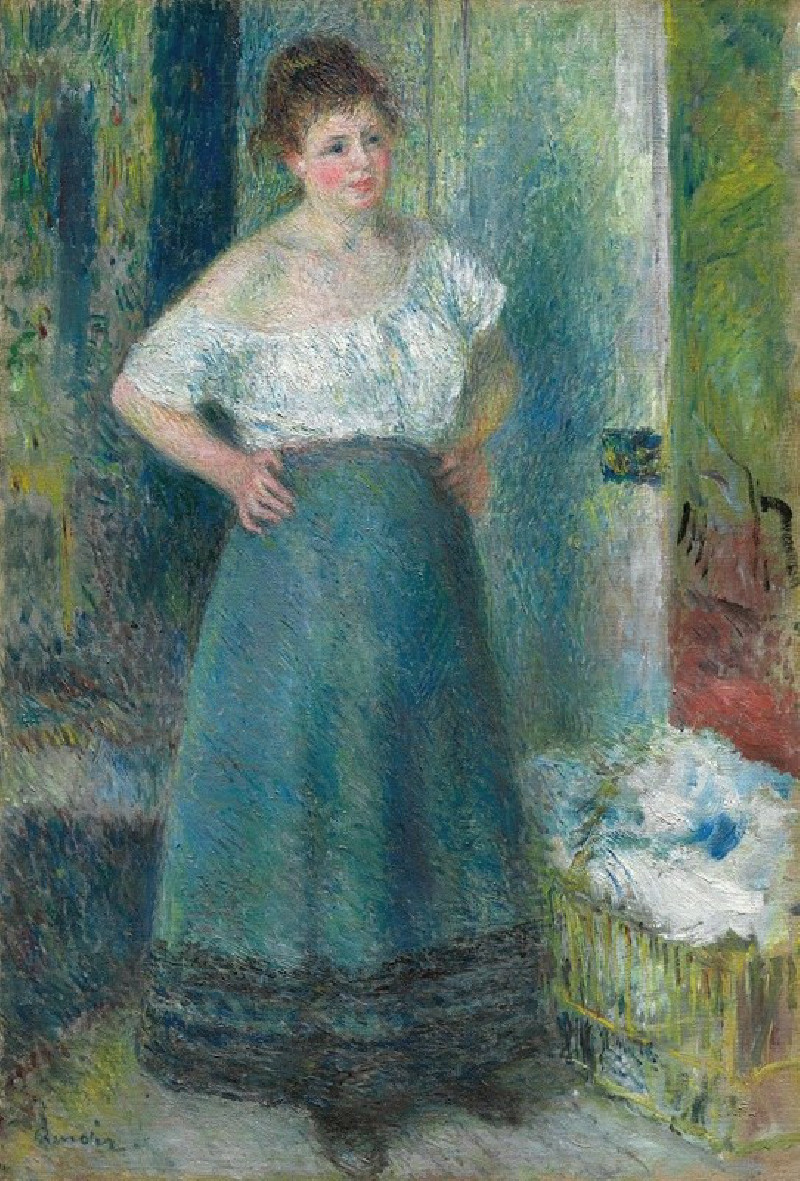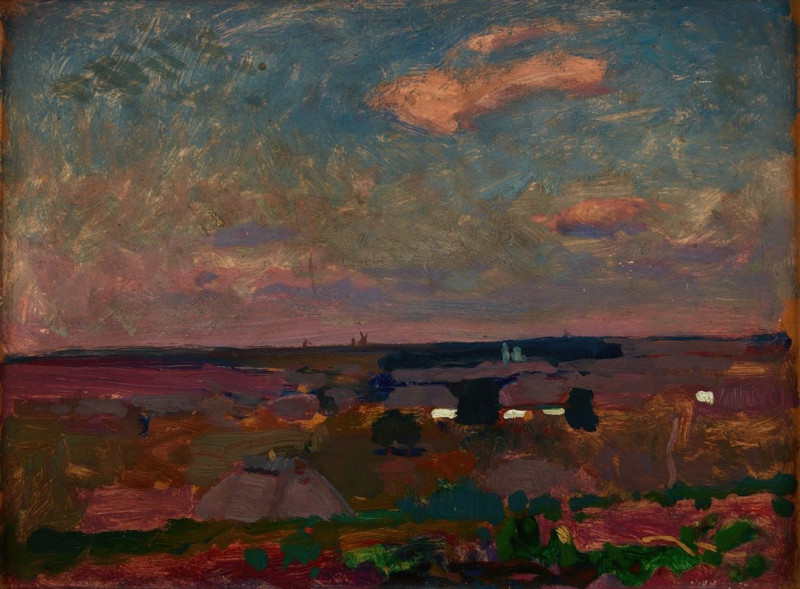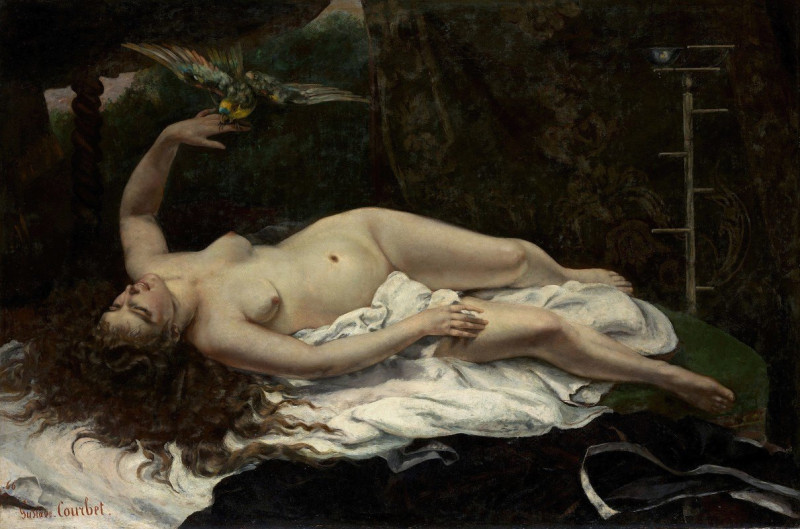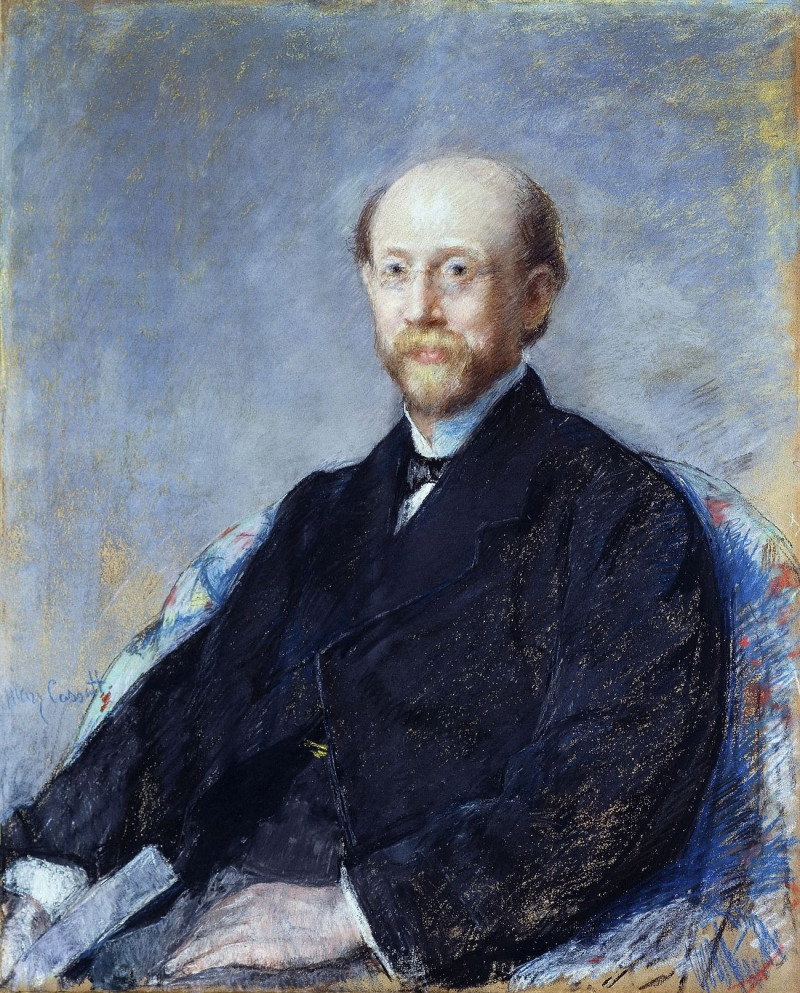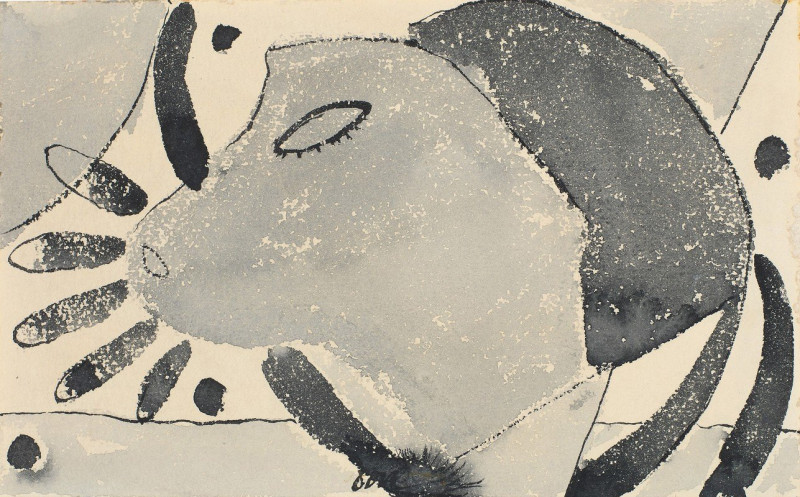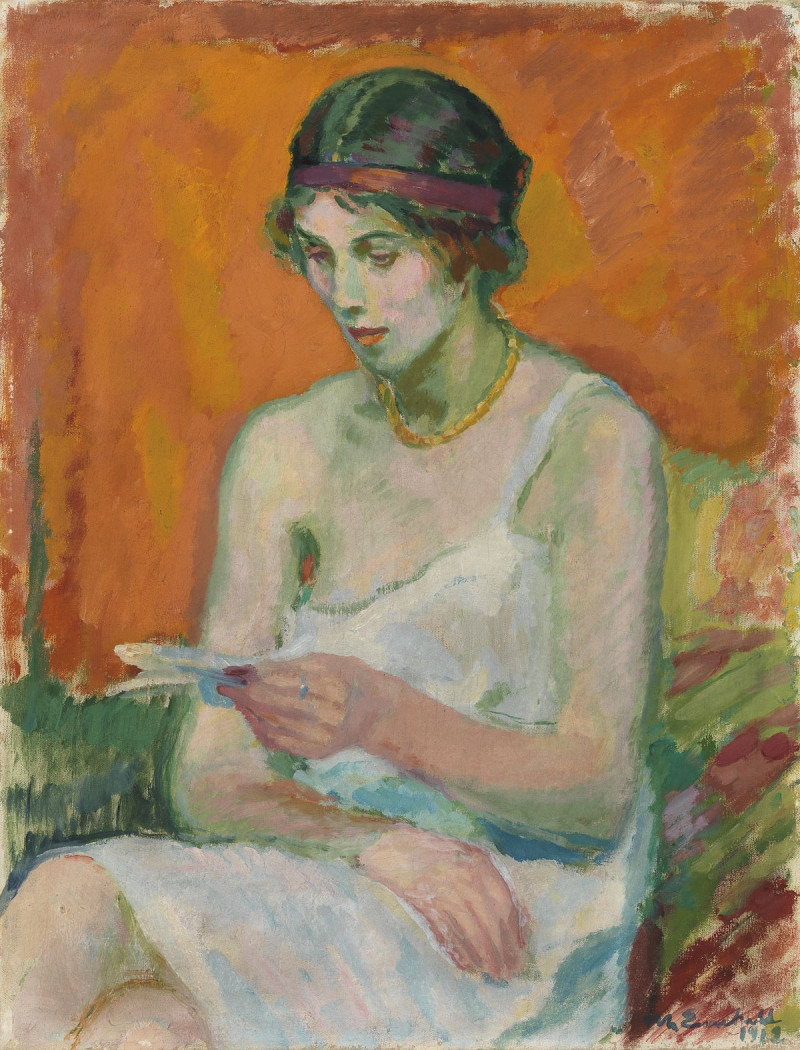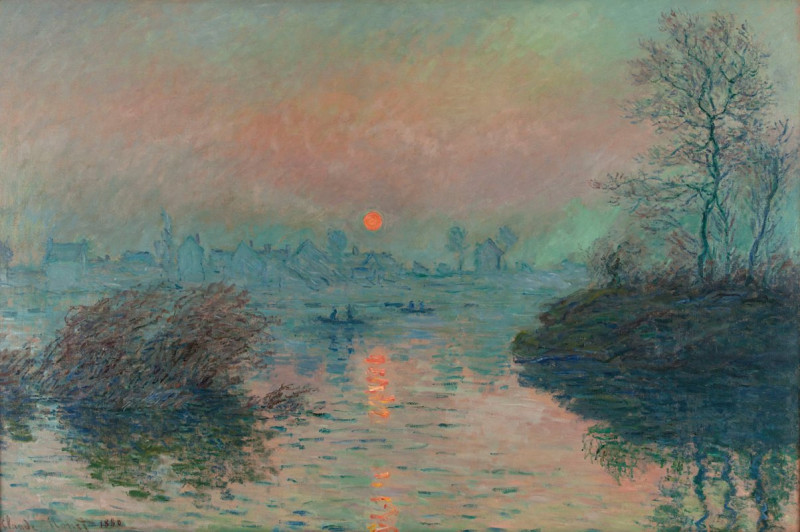Hunting nymphs
Technique: Giclée quality print
Recommended by our customers
More about this artwork
Francois Boucher's painting "Hunting Nymphs" is an exquisite example of Rococo art, showcasing the artist's mastery in capturing the playful and sensuous nature of pastoral and mythological themes. This painting features two nymphs in a lush, verdant forest setting, suggesting a scene of leisure and intimacy after the exertions of a hunt.The leftmost nymph, adorned with a delicate flower in her hair, gazes sweetly at her companion while holding a broken arrow, symbolizing both the tools of the hunter and the fragility of the moment. The other nymph, reclining leisurely, wears a blissful expression, possibly suggesting the carefree and relaxed aftermath of successful hunting.The foreground of the painting is dramatically animated with the bounty of the hunt — a cluster of game animals prominently including hares and birds, rendered with as much detail and vibrancy as the figures themselves. These elements not only highlight the theme of hunting but also enhance the naturalistic detail which Boucher is celebrated for.Elegantly draped fabrics in golden and blue hues add a rich texture and contrast to the scene, emphasizing the softness of the flesh tones and the overall dreamlike quality of the painting. Boucher's use of light, flowing lines, and delicate color palette envelops the viewer in a world where nature and mythical charm entwine seamlessly."Hunting Nymphs" is an enchanting representation of myth set against the backdrop of nature, showing Boucher's incredible skill in portraying the intricate interplay of human emotion and natural beauty.
Delivery
Returns
François Boucher (1703–1770) was a French painter, engraver, illustrator and printmaker. He was a proponent of Rococo and had a huge influence in spreading the style throughout Europe. His art was idyllic and voluptuous with a high-toned palette of blues and pinks. He created designs for all decorative arts, porcelains and tapestries. Boucher also painted several portraits including his patroness Madame de Pompadour. He is one of the most celebrated decorative artists of the 18th century.

